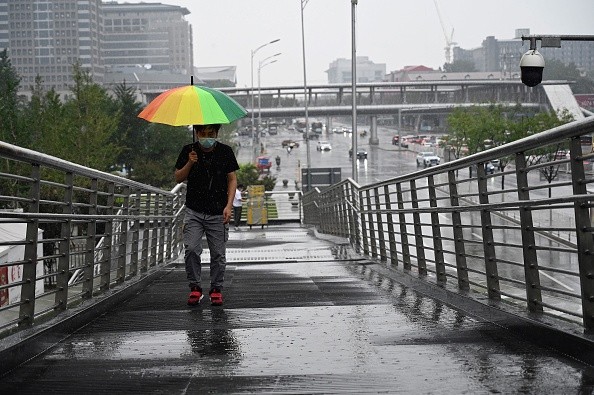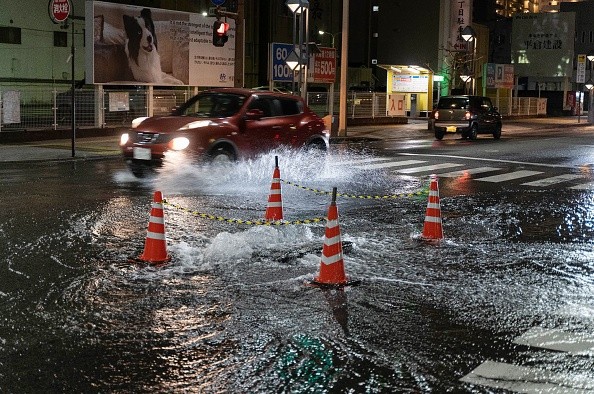Climate crisis is greatly affecting the global weather system, changing temperatures, precipitation, wind patterns, and others. As a result, a new study predicted severe floods over East Asia's mountainous parts in the future. Scientists also predicted that atmospheric rivers will prompt pouring rain.
If a barrier such as a mountain range gets in the way of these narrow corridors of concentrated moisture, they can suddenly release enormous amounts of water in a short period of time.

Extreme Rainfall Over East Asia
The researchers' models predict that East Asian downpour events will become more common and more severe as the earth warms up. As a result, more water will be transported with more precipitation reaching for the ground, according to Science Alert.
"We find that both the atmospheric river-related water vapor transport and rainfall intensify over the southern and western slopes of mountains over East Asia in a warmer climate," stated the researchers in their published paper.
"Atmospheric rivers will bring unprecedented extreme rainfall over East Asia under global warming."
Moisture from warmer places is generally transported across colder ones by atmospheric rivers. They move in response to variations in wind and temperature, which is exactly what climate change can cause.
Regions Atmospheric Rivers May Develop
The analysis predicts that rainfall in places like Japan, Taiwan, northeastern China, and the Korean Peninsula might shatter records. The southwestern slopes of the Japanese Alps will receive the most rain.
For their conclusions, scientists used data from 1951 to 2010 and projected it into the year 2090, assuming an increase in temperature consistent with the most extreme climate change scenarios.
Researchers employed global atmospheric circulation model simulations with high resolution, as well as regional climate model downscaling simulations, says environmental scientist Yoichi Kamae of the University of Tsukuba in Japan.
This model might be used in other places where atmospheric rivers may form, according to the researchers. This and other research suggest that there will be more rain in some parts of the world in the future decades, but there is still a lot of uncertainty.

Change in Rainfall Pattern
A lot of work has been done on these atmospheric rivers, but it's still unclear how their behavior will change as the climate changes, especially since topological features and the movements of warmer and cooler air are what determine their behavior the most.
Some locations will benefit from higher rainfall, while others will face life-threatening flooding as a result of harsh weather. This is yet another example of the growing connection between climate change and more frequent catastrophic weather.
"Our findings are likely also applicable to other regions of the mid-latitudes where interactions between atmospheric rivers and steep mountains play a major role in precipitation, such as in western North America and Europe," says Kamae.
When it gets warmer, these areas may get more frequent and more intense extreme precipitation.
Geophysical Research Letters has published the findings of this investigation.
Related Article : An Effective Climate Change Solution May Lie in Rocks Beneath Our Feet
For more news, updates about climate change and similar topics don't forget to follow Nature World News!
© 2025 NatureWorldNews.com All rights reserved. Do not reproduce without permission.





